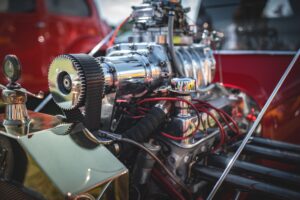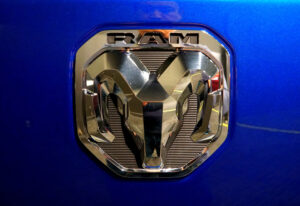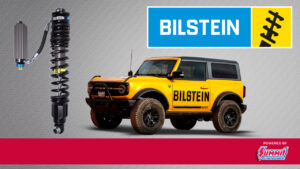HorsePower Builds
Want more content like this?
Join the PowerNation Email NewsletterParts Used In This Episode
Bell Racing
Racing helmet, 1 PC. Racing suit, gloves and shoes.
Chevrolet Performance
E67 standalone engine controller.
Corsa Performance Exhausts
2005-2007 Mustang GT Shelby GT500 exhaust system and cutaway display.
EBC Brakes
Yellow Stuff 4000 "R" ultra high friction full race pad for the street.
Performance Parts
Cylinder heads, head bolts, intake manifold, timing set, carburetors, camshaft special grind, roller lifters, rocker arms 1.5 ratio.
Race Connection
Measure chassis and set up steering Angles.
Speedway Motors
Open wheel modified frame, chassis components, rear-end.





























